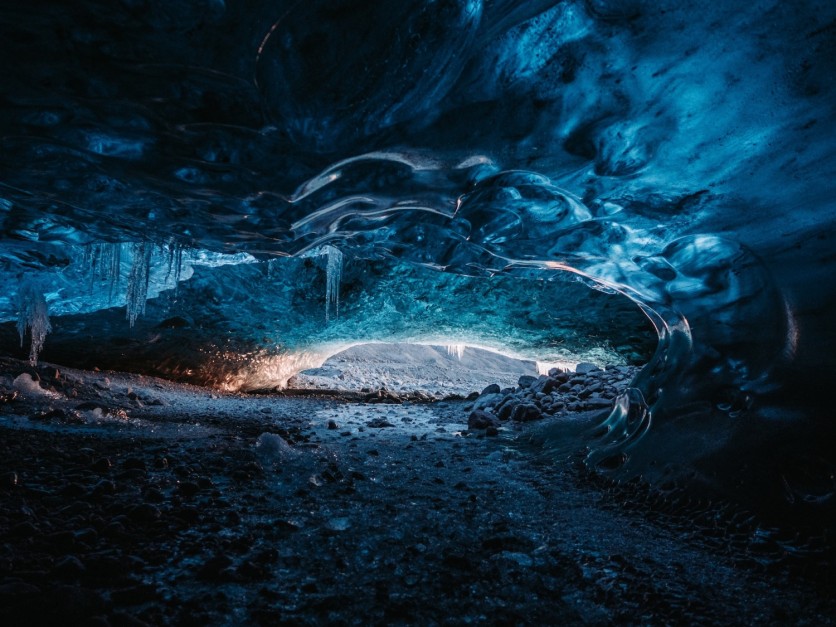A massive discovery was unearthed by Russian researchers in Siberia, digging up complete remains from animals of the Pleistocene Epoch, also colloquially known as the Ice Age. This Siberian cave was believed to be a giant hyena lair, and it housed 42,000-year-old animal remains that were left untouched for all those times.
This discovery was a massive development for the paleontology and geology world as earlier discoveries were not able to collect complete remains from known sites.
42,000 Years Old Animal Bones Unearthed Straight from the Ice Age

The Institute of Plant and Animal Ecology of the Ural Branch of the Russian Academy of Sciences researchers have discovered an undisturbed cave filled with 42,000-year-old animal remains hidden within it. This was discovered in Khakassia (Frost), Siberia, and was believed to be the largest hyena lair in all of Asia.
This cave is also known as the "Frost Grotto," highly regarded by researchers for its preserved conditions which brings intact or ice-cased bones that were undisturbed for a long time.
"In Russia, there is a similar cave known as the Cave of the Geographical Society in the Far East. However, the materials found there are limited, and complete hyena skulls are extremely rare. Our team discovered not just one but two whole skulls, making this discovery truly exceptional," said senior researcher Dmitry Gimranov.
Pleistocene Epoch's Hidden Treasures in Siberia
The team documented their findings on the Siberian cave that shows the different discoveries hidden in the perfectly preserved location. It brought out other hidden treasures for the paleontologists who went inside to unearth what was long-forgotten in the ground.
Apart from the hyena's remains, the team also found a variety of Pleistocene epoch bones, both representing the different prey and predators of the era.
What the Ice Age Left Behind for Modern Times
It was once known that the entire home planet saw mountain glaciers forming, and this was known as the "Ice Age" or the Pleistocene Epoch, believed to last from 2.58 million to 11, 700 years ago. Even the Sunshine State of California was home to the frozen world's animals, with massive discoveries back in 2015.
Different land animals and mammals thrived during this time, and it was regarded that the giants who once walked the Earth were present in the Ice Age. Not only that, present animals that we know were also alive during this time, including the fierce hyenas which previously preyed on humans as much as 500,000 years ago, as evidenced by fossils.
In the latest discovery by Russian researchers, hyenas with perfectly preserved skulls were found, considered to be a rarity now, from the Pleistocene Epoch. These remains were untouched until now, 42,000 years later, and bring a significant artifact that helps explain more of the past, particularly about these animals and their home in prehistoric Siberia.
Related Article : 2,000-Year-Old Cave Art May Suggest that Ice Age Hunter-Gatherers Were the First to Use a Calendar - New Study

ⓒ 2025 TECHTIMES.com All rights reserved. Do not reproduce without permission.




